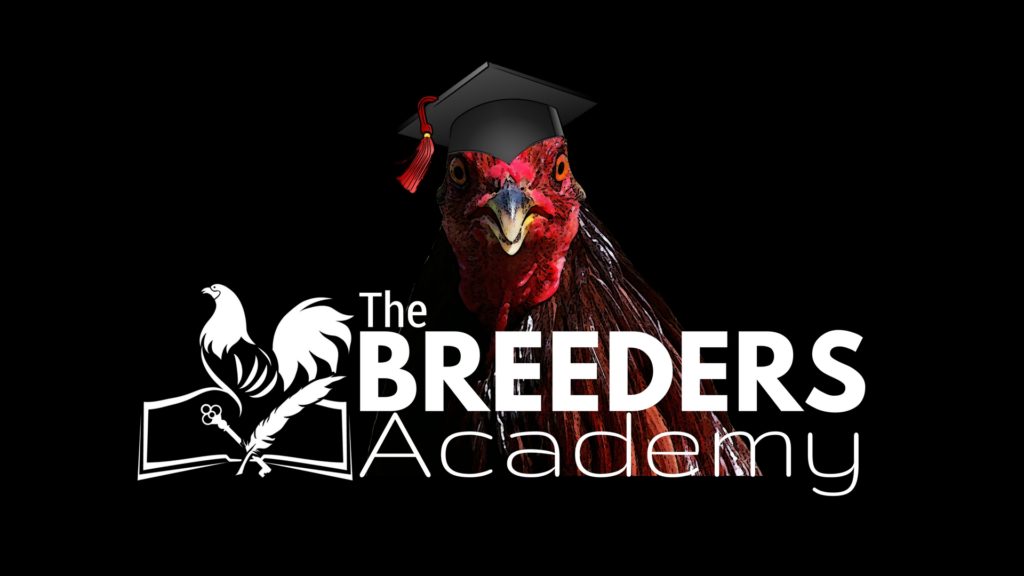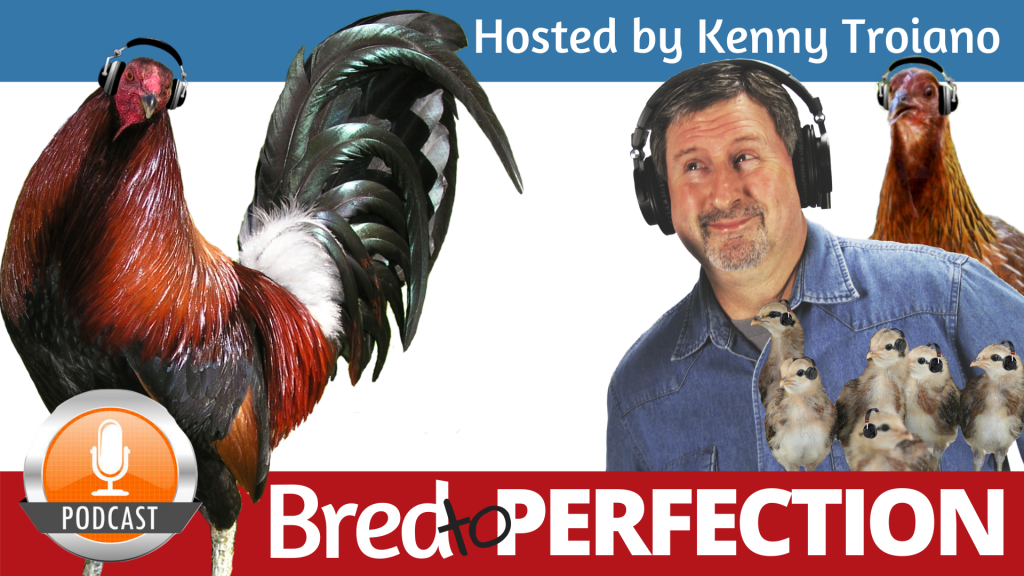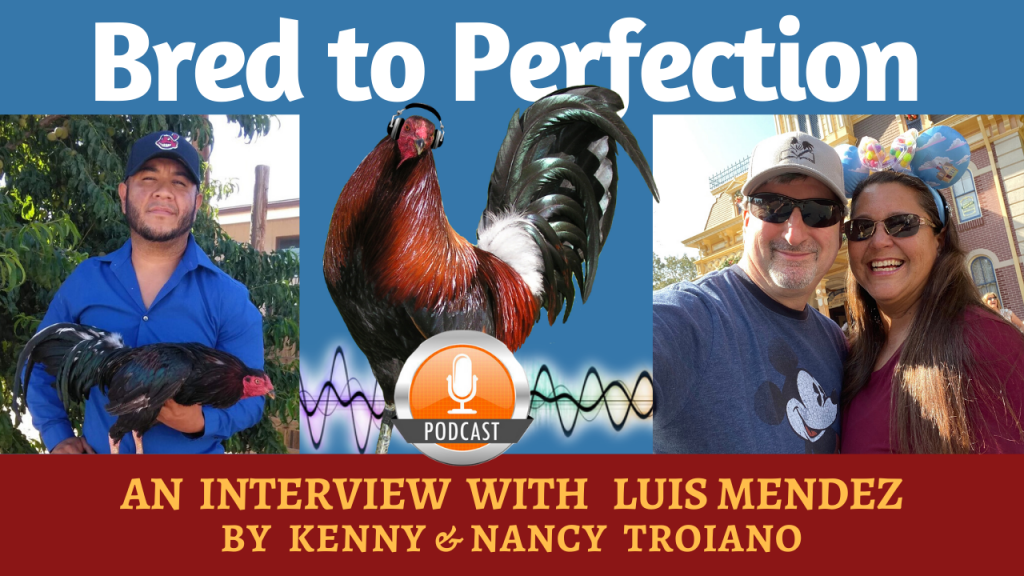It has been my experience that most backyard breeders are unaware of what it takes to create and maintain a strain. Or they are afraid of the potential consequences if they do it wrong. Some lack patience, while others want something for nothing. Many believe it’s better to let the so-called “Big Time Breeders” in the magazines, with large fancy ads, do it for them.
How I learned the Art of Selection
In this episode of Bred to Perfect, we will learn the value, importance and practice of selecting for the whole package. To be successful every breeder you must perpetuate strains that are good representatives of their breed, variety and strain. Join Kenny Troiano and his wife Nancy as they discuss this very important topic.
IMPROVING YOUR FOWL THROUGH A “ZERO-DEFECT” POLICY
As many of you probably know, American Games are incredible fowl, but are known to have numerous weaknesses. These weaknesses are recessive faults that are caused by genetic impurities that are passed down from generation to generation.
The Power of Selection
How would you like to create the fowl you always wanted? What if I told you that you have the power to do just that? And you don’t even have to go out and purchase new fowl.
Breeders Roundtable with Luis Mendez
Join Kenny Troiano and his wife Nancy as they chat with one of their members of the Breeders Academy. Luis Mendez is a breeder from El Paso Texas who is in the process of creating a strain.


